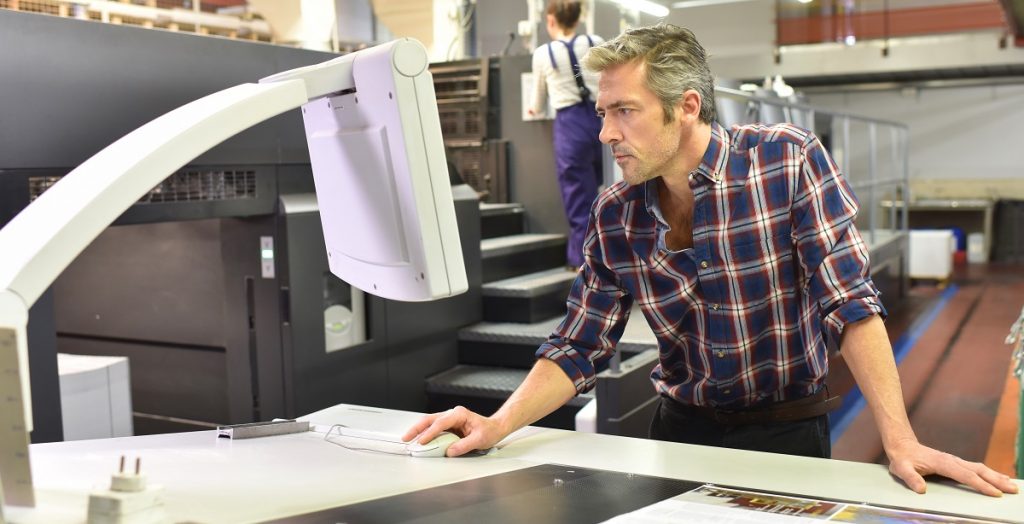Every business wants its commercial prints to stand out. This is after all the only way to guarantee you reap profits from your marketing efforts. In most instances, this is achieved by choosing the right finishing technique for your prints.
The available methods range from coating, embossing, foil stamping and die cutting to lamination. While these finishing techniques are very efficient, you can set yourself apart by opting for a decorated printing paper rather than the plain whites on the market.
There are different decorated printing papers companies offering commercial printing services have in store. The papers can be used for virtually all commercial prints including booklets, business cards and, posters. Here are some of the available decorated papers available for your prints.
Sprinkled Papers
Since the 16th century, sprinkling has been used to decorate the fore edges and leather on books. The technique consists of small paint droplets distributed along a paper surface.
This is done by loading the paint on a brush and then running a finger along the brush thus splashing the paint on your decorated paper. The speckled effect created makes a minimalist background design for your printed message.
Marbled Papers
This decorative technique has long been a preserve of Asian culture. Marbling is not directly applied to the printing paper, but rather on a liquid called a marbling ‘size.’ The liquid is applied onto the paper and provides a ground for the application of marbling paints.
The paints are sprinkled on the paper and left to float or manipulated using different tools to generate your desired decorative effect. There are different patterns you can achieve on your marbled paper including combed, curl, wavy and spotted patterns.
Embossed Papers
Embossed papers are at times called Dutch gilt papers. Embossing involves the creation of a raised paper texture with a motif or metallic background. The embossing creates an eye-catching and classy design which captures the attention of your target audience.
There are different embossing techniques including heat, wet and dry embossing or the use of embossing paste. To further customise the printing paper, you can include your company’s logo as the embossed design.
Paste Papers

In this technique, the printing paper is covered with coloured paste which is used to create different patterns. Brushes, stamps, combs, and rollers are among the various tools used to create designs on the paste. The designs will then be left to dry and the paper used for printing.
Block Printed Papers
This design technique has its origin in textile printing. In block paper printing, prints are transferred on to the paper using coloured carved wooden blocks. The prints are then left to dry before your text is printed on it.
The decorated papers mentioned above are generally used by companies aiming for an antique look with their prints. They can however still blend in with contemporary prints.
Fortunately, the price difference between decorated and plain printing papers is minimal. You will hence not need to dig deeper into your company’s coffers to use the above papers for your commercial prints.






